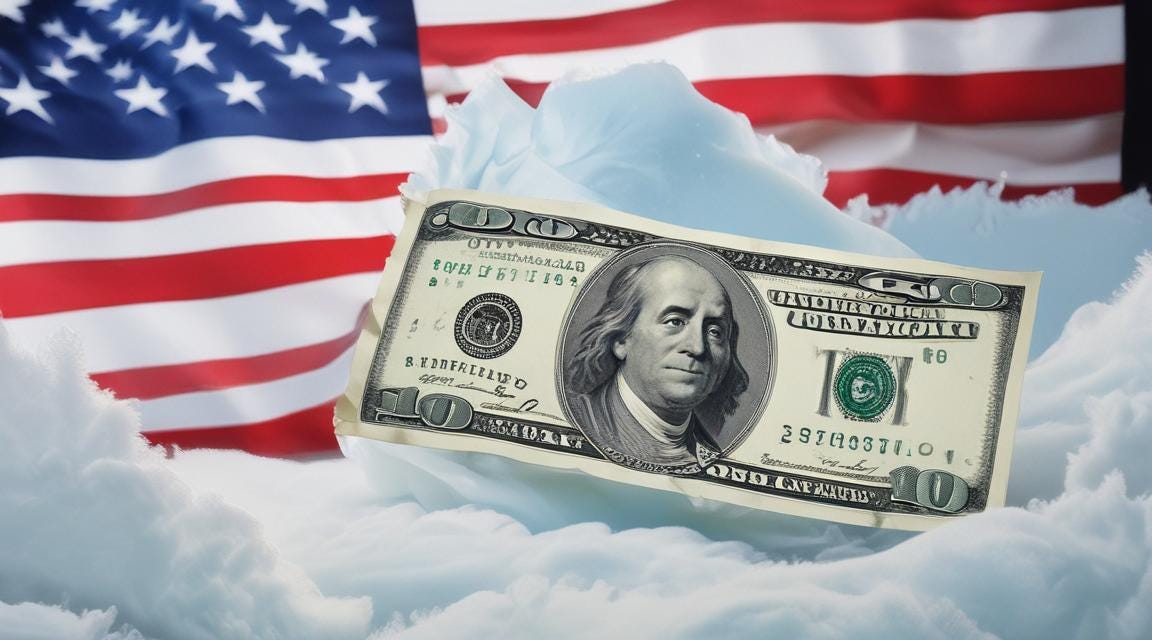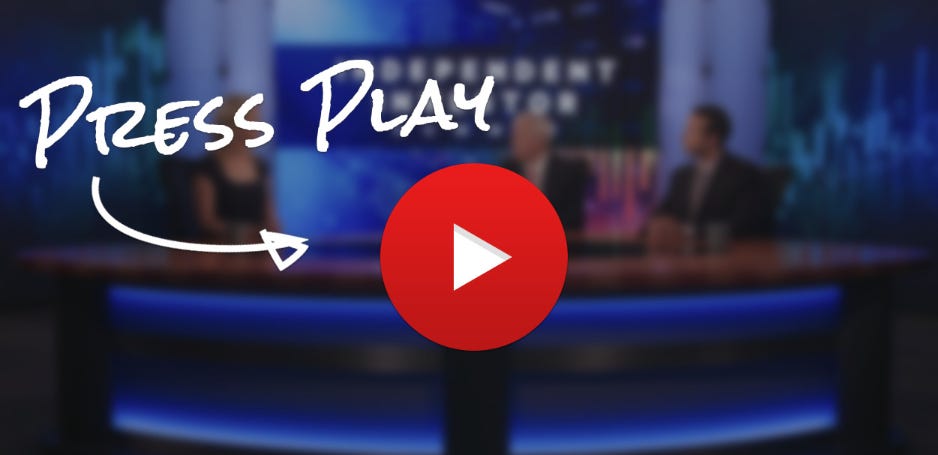Is Fed's Easy Money Inflating Next Asset Bubble for Markets & Politics?
As market momentum builds towards a potential "melt up" frenzy, the political implications could be profound if the mania actualizes before deflating. Central bank policy always has consequences beyond just financial asset prices.
On Friday, the tech-heavy Nasdaq surged nearly 6% to cap its best week of the year as investors piled into big names like Alphabet, Nvidia, and AI/semiconductor plays. The frenzied buying was fueled by growing expectations for an aggressive Fed rate cutting cycle after inflation data showed further moderation.
Billionaire investor John Paulson amplified the speculation by declaring the Fed should "move aggressively" with at least a 50 basis point cut in September to get "ahead of the curve." His contention is that overly tight policy is now the bigger risk to economic stability.
For those attuned to the signs, many of the typical precursors that emerged before prior market "melt up" episodes seem to be rapidly forming.
What Exactly Is a Melt Up?
The term "melt up" refers to an extremely rare phenomenon where financial asset prices become completely disconnected from economic fundamentals, driven solely by the psychological forces of fear of missing out (FOMO) and greed. We're not talking about a routine bull market, but a full-blown speculative frenzy marked by powerful near-vertical price surges playing out in compressed time periods.
In past melt up manias like the late 1990s tech bubble and 2017 crypto craze, triple-digit and quadruple-digit percentage gains became commonplace even among companies with abysmal financials before gravity inevitably reasserted itself.
Sponsor
The Biggest Financial Event of 2024? (31 Billionaires Moving Their Stocks) [Full Story >>]
The Common Accelerant
In each prior cycle, the spark that ultimately enabled a small bullish sentiment to morph into mania was excess monetary stimulus from the Federal Reserve. Aggressive rate cutting campaigns and liquidity injections feed the psychological "Buy Everything" trading mentality that allows valuations to become untethered from reality.
An overly dovish policy reversal by the Fed empowers the most flagrant speculative behavior. With the cost of borrowing minimized, corporations gorge on cheap debt to fund share buybacks while cash investors lever up in pursuit of hardier returns - compounding pricing distortions.
This is the growing narrative taking shape as the latest inflation data opens the door for a potential easing cycle from the Fed. Could the easy money backdrop and dovish Fed rhetoric ultimately inflate the next great asset bubble fueled by manic investor behavior?
Other Concerning Signs
Beyond the monetary policy accelerant, other tremors reminiscent of prior melt up cycles seem to be emerging:
Frenzied trading around meme stocks, crypto currencies, AI hype, etc
Individual stocks exhibiting trading patterns indicative of melt up phenomena
Record cash levels on the sidelines awaiting the next buying frenzy
Overly bullish/euphoric market commentary saturating social media platforms
If a full-blown melt up engulfing swaths of the market does play out before imploding, it could produce vast wealth distortions with significant political consequences.
From widening inequality chasms if the retail crowd gets trapped at the top, to fiscal/regulatory policy pressures should an unraveling drag down the broader economy - the next Fed-manufactured asset bubble could have lasting reverberations across domains.
For now, it remains to be seen whether these subtle rumblings coalesce into the next great market mania, or once again fizzle before becoming systemically destabilizing. But the political risks of easy money inflating future asset bubbles remain an ever-present backdrop for markets and policymakers alike.
WAIT, YOU NEED TO WATCH THIS PRESENATION BELOW
Our No. 1 stock for the rare "millionaire window" opening NOW
According to Wall Street legend Whitney Tilson, an extremely rare window in the markets is about to open. It's an often-misunderstood market setup we've only seen 13 times since 1920.
The last time this happened, it minted a million brand-new millionaires – in a single year.
But Tilson says this unique window in the markets could close much sooner than anyone realizes, leaving most investors in the dust, while making a select few incredibly rich. Get our No. 1 stock (with 500%-plus upside potential) for this rare market event now.




